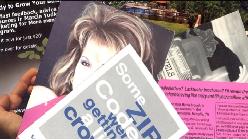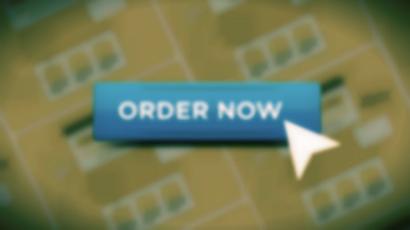| |
Not Quite a Seminar, Not Quite
a Home-Study Course: The Semi-Live Course
by Marcia Yudkin
The most successful information products offer a perfect combination of profitability and perceived value. Recently I realized that the crown belongs to a type of course only a few information marketers offer – what I’ve dubbed the “semi-live” course. Since this is a hybrid format, let me define it after I explain the two types of courses from which it is derived and their respective advantages.
A “live” course used to take place only in a lecture hall or conference room. The teacher instructs, and time is set aside for students to ask questions. Live courses can now also take place over the phone, in the format of a teleseminar. With a multi-session live course, participants attend a series of classes and may have assignments or tasks to complete between class meetings. Often an online forum or discussion list enables participants to communicate between sessions with one another and the teacher and perhaps beyond the last class meeting as well.
|
Master Information Marketing - From Product Creation to Sales
In seven step-by-step lessons, learn the easiest, most profitable ways to begin packaging and selling what you know. Move from making money only when you're working to enjoying while-you-sleep income.
Launch Your Information Empire course details. |
When a live course is recorded, it can turn into a “canned” or “home-study” course, the second type of course. The instruction gets captured on audio or video, with various printed materials, handouts and resources supporting the recorded content. This course format leaves the student on their own to follow the series of lessons at the pace that works for them.
Information marketers can also create a course in the canned format from the get-go, assembling, organizing and creating the instructional material without ever having a live audience. They can deliver the home-study course by email, by mail or within a password-protected area of a web site.
Having created and delivered numerous live and canned courses over the last six years, I’ve observed that by a significant margin, the live courses create more participant successes and more enthusiastic feedback. Those who purchase home-study courses often, with the best of intentions, quit after a short time or leave them sitting on the shelf. Certainly live courses show attrition also, but far less. For the infomarketer, the home-study courses don’t necessarily have a higher rate of requested refunds, since buyers usually regard their failure to make headway as their own fault.
The structure of a live course delivered in segments over time helps all but the most self-disciplined of learners to stay engaged through the end. The opportunity to ask questions on the spot and to interact with others helps, too. Since many people know that they do better with this kind of support, these elements of a live course add a large amount of perceived value.
 |
Learn to Write
No-Hype Copy
Six-week self-study course teaches
you to wow people into buying through
the power of well-chosen words.
Includes challenging and varied
assignments to practice on, with answers
from the instructor and participants.
Replace incomprehensible jargon with
reader-friendly, motivating content.
Copywriting course. |
Yet preparing and delivering fresh content takes a lot of work. Even delivering previously prepared content live for a second, third or tenth time requires a lot of energy. At the end of the 1990s, I finally had to retire a one-evening course I had taught more than 100 times all around New England because I could no longer get excited enough about it to present it well.
Selling a canned course is therefore more advantageous to the information marketer, and some buyers do definitely prefer to learn on their own.
And now here’s the ideal compromise – the “semi-live” course. Students listen to, read or watch the canned content, but in a group on a schedule, with live telephone or in-person meetings to discuss and process the information.
For example, my Launch Your Information Empire course has seven lessons, so that in the semi-live format, students would listen to the audios for Lesson 1 and then discuss that chunk of material in a telephone conference call. Over the course of the next week, they’d listen to Lesson 2, then have a phone meeting to discuss Lesson 2, and so on for seven weeks.
The semi-live course requires little preparation and energy and yet gives participants as much value as the live course. Robert Middleton of Action Plan Marketing swears by the semi-live format. His participants implemented much more of what they were learning with the coaching built into it, his classes consistently filled, and he dramatically increased his income.
After putting together my thoughts on this topic in response to a client asking how she should format a new course, I’m planning to follow this sequence with each course I create: deliver it live; turn the recorded course into a home-study program; then periodically deliver it semi-live.
Even better, I now see that I can do the same with courses I created years ago by running them again in the semi-live format. This always produces a sales bump and requires very little of me except showing up to shepherd students through the program step by step.
Copyright 2009 Marcia Yudkin. All rights reserved.
Learn
more about Marcia's comprehensive information
marketing course.
Read
other articles about information marketing.
|







